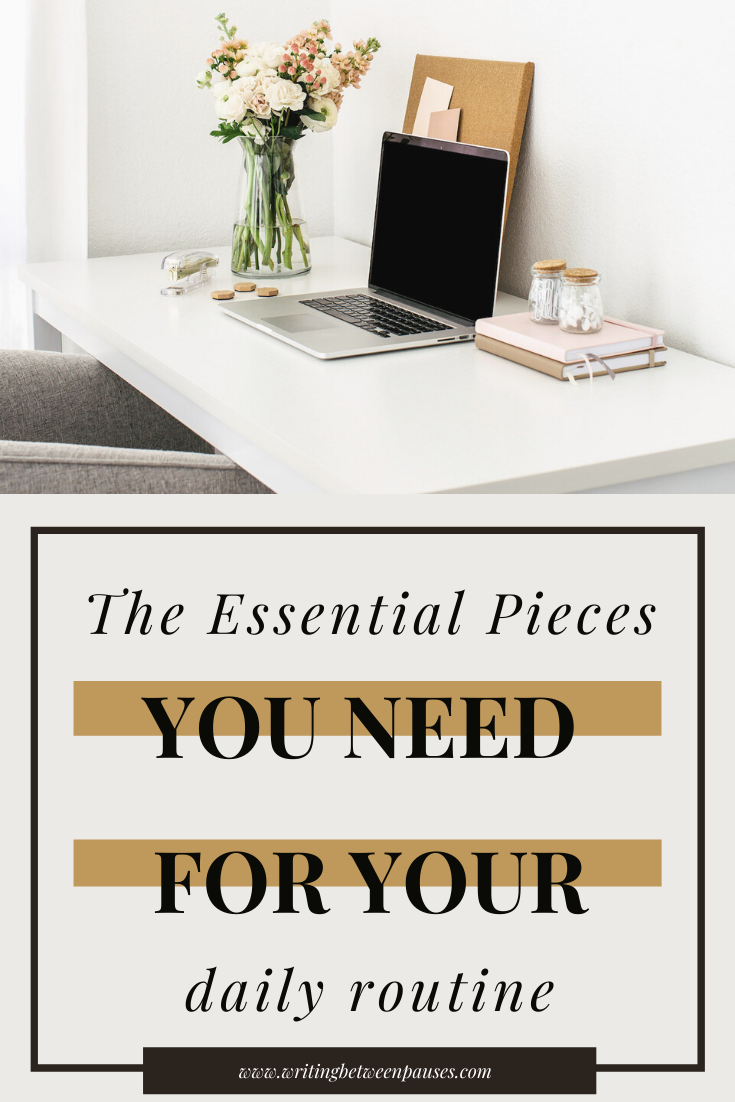I read an article this week that I wanted to find to link here—but I can’t remember what website I read it on (it was one of the biggies!), or the headline. I only remember the basic gist of the article. It was: for a certain percentage of the population, we’ve been doing “fine” through the last 7 months. We put in the work, we persevered, we weren’t falling apart, we supported other people, we put our heads down and worked. And now, we’re absolutely breaking down.
I don’t know about you, but I fall into that category. When lockdown first began in Oregon, I remember telling my therapist, at my last in-person session: “I feel like I’ve been waiting for chaos my entire life and now it’s here and it feels fine.”
7 months on, I can tell you: I don’t feel fine.
April and May were tough months, but nothing, nothing, compares to September. It’s normally one of my favorite months, but this year it felt like a black hole. I tried to keep my head above water, but it eventually became impossible. Most days, I just wanted to hibernate, to stay in bed and not get out.
Maybe that’s why I’m so intent on making October better. Today is Saturday, the day before this post will actually go live, and I’ve tried to do things to cheer myself and Forrest up. I let him pick breakfast (pumpkin pancakes), and lunch (Subway sandwiches), we watched the new animated Addams Family movie in bed, we baked cookies, we watched Scooby Doo on TV.
That is to say: I’m trying to find ways to see joy in things again, just like last week. But in many ways, I’m trying to create memories for Forrest that are more than dismal. I try not to imagine what his memories of this time period will be like when he’s older; I comfort myself by saying, it’s probably for the best that his memories will be super fuzzy.
Here are a few little things we’ve done recently to ✨ make magic ✨ at our house.
Putting up some new Christmas decorations that I impulse bought a few weeks ago.
Getting takeout perhaps more than is appropriate.
Making robots to put on the fridge.
Making snowflakes to tape on the window.
Making elaborate dinners. Or making not elaborate dinners, like pizza pockets.
Letting Forrest create recipes (like “banana bake”, which was basically bananas on graham crackers with melted peanut butter)
Playing records and having a dance party
Trying new things (like cashewmilk ice cream)
There are lots of little ways to make each day special, even if you’re feeling an overwhelming sense of dread. (And trust me, I’m right there with you.) It’s a tough time. We’re all doing our best. I know you are too.
Thanks for reading!
























